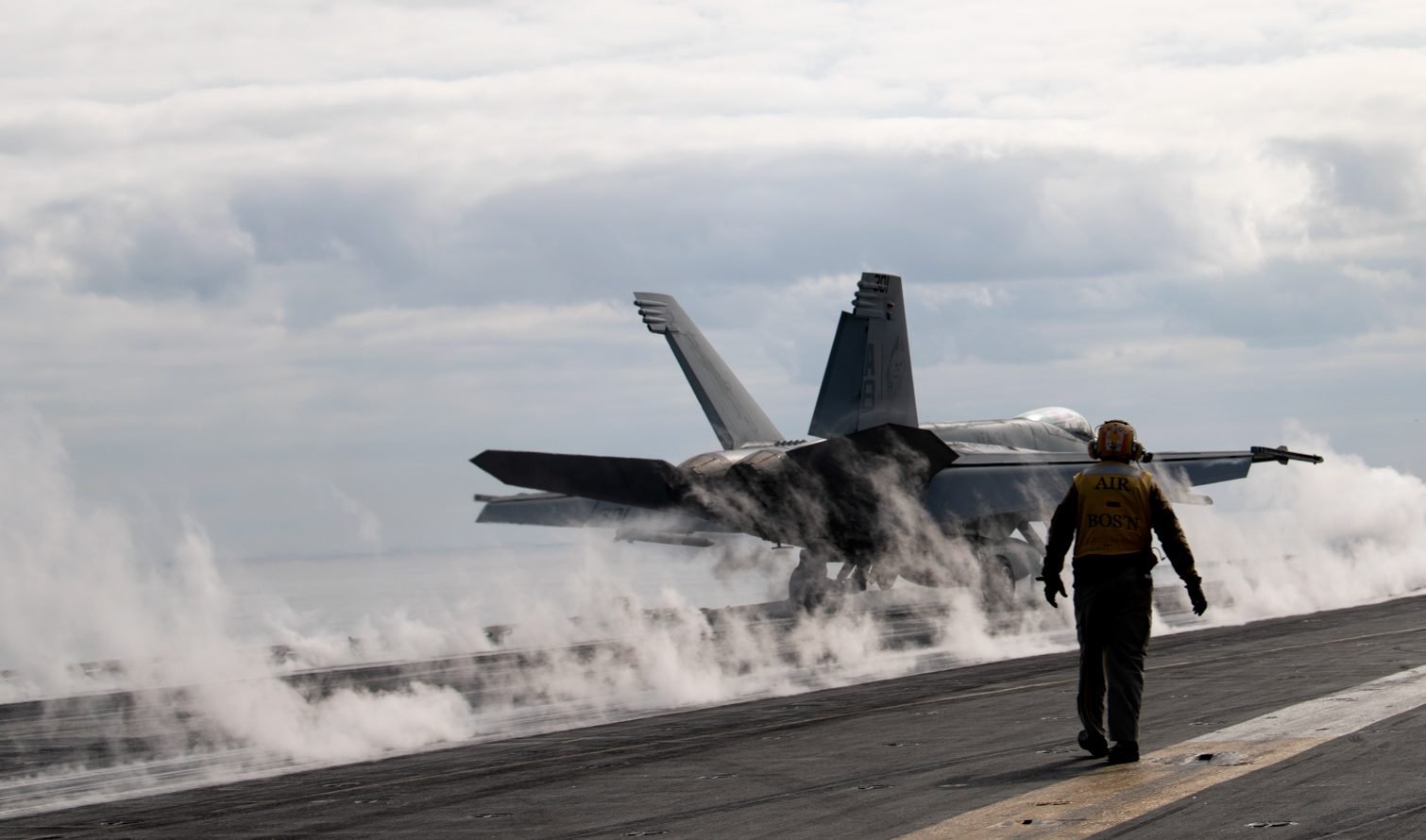
ABOARD AIRCRAFT CARRIER USS HARRY S. TRUMAN IN THE IONIAN SEA – For the longest stretch in decades, the Mediterranean Sea has played host to the deafening roar of U.S. carrier aircraft launching into Europe.
Since December, the Harry S. Truman Carrier Strike Group, Carrier Air Wing 1 and its escorts have been operating in the Adriatic and Ionian seas launching 80 to 90 sorties a day as far north as Lithuania for a variety of missions with NATO-allied aircraft from Romania, France and Italy. Some fighters launched from Truman are training, while some are set to police NATO’s airspace and prevent Russian aircraft from violating those borders.
“And so we’re here to deter,” Secretary of the Navy Carlos Del Toro told reporters aboard Truman. “We’re here to work together, as members of NATO together, to protect each other, and to care, to provide as much support to the Ukrainian people [and] to the Ukrainian government.”
On Thursday, USNI News spoke with the pilots flying the patrols on NATO’s eastern front about how Truman and its air wing fit in with the larger alliance mission as the war rages in Ukraine.
The enhanced air policing is one form of deterrence the United States is doing in hopes of dissuading Russian President Vladimir Putin from further aggression, Del Toro, who was embarked on the ship Thursday, said.
As part of the Ukrainian invasion, the Russian Navy has massed ships in the Eastern Mediterranean centered on its sole foreign naval base in Tartus, Syria. Those forces include two Slava-class guided-missile cruisers – RTS Marshal Ustinov (055) and RFS Varyag (011) – designed to take on U.S. and NATO aircraft carriers.
The Truman CSG is joined in the Mediterranean by other ships from NATO, including FS Charles De Gaulle (R 91) and the Italian aircraft carrier ITS Cavour (CVH 550). But Russian ships and submarines are also in the area, Del Toro said. Deterring those ships operating in the Eastern Mediterranean are a major part of the Truman CSG’s mission as well as the policing operation over NATO countries in Europe.
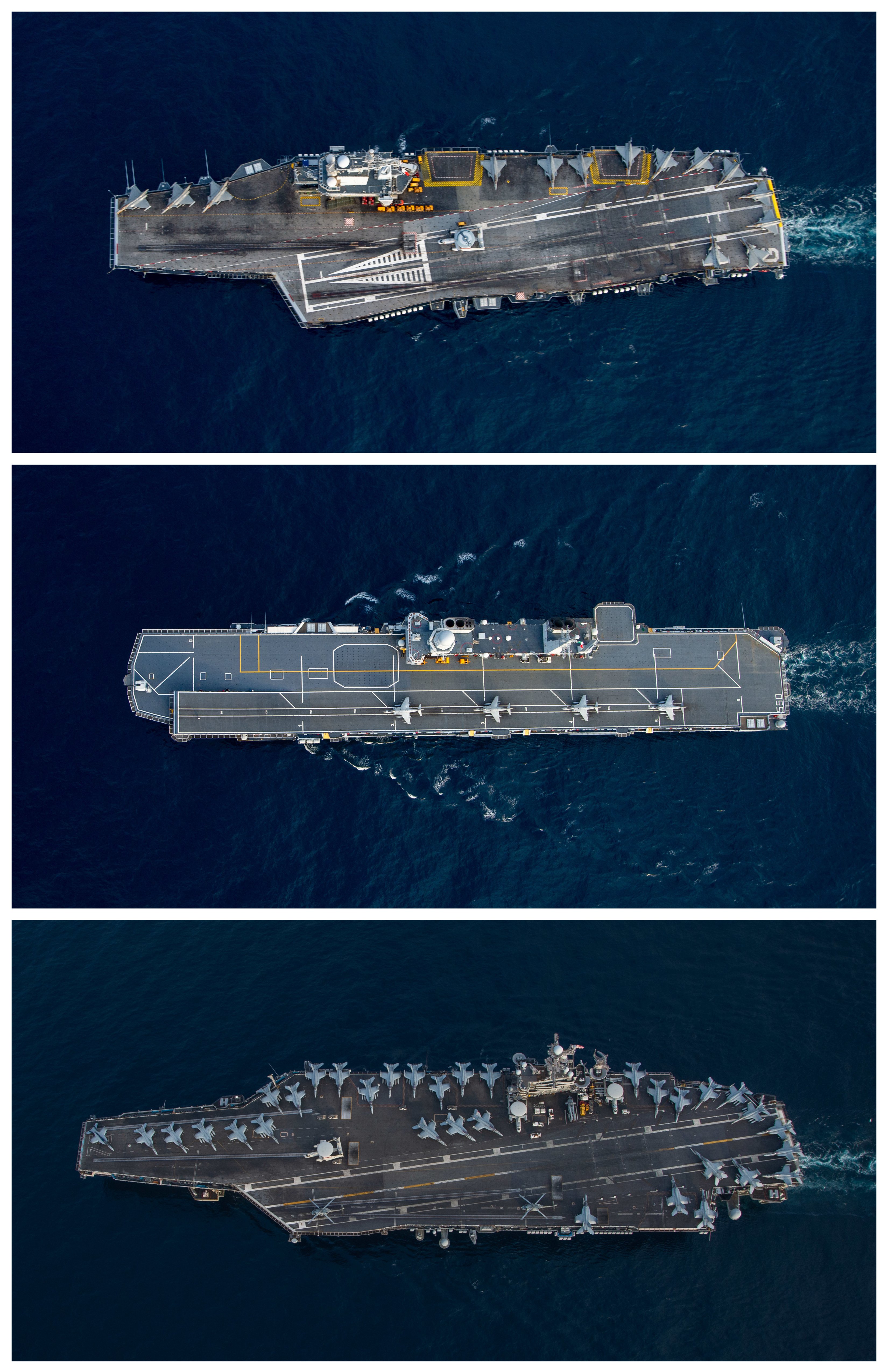
The result is the deafening, body-shaking vibrations that are a daily occurrence aboard the flight deck. The carrier’s catapults have been shooting aircraft up to 90 times a day since the strike group got to the Mediterranean.
While the aircraft might be part of NATO’s enhanced air policing or training with allies, the day-to-day on the carrier is not all that different, said Lt. Cmdr. John Pavalok, the assistant air ops on Truman.
“The aircraft are flying. They fly in-country, do the mission, and then they return,” Pavalok said. “So [from] our perspective, it’s all the same to us.”
While Truman is no longer under NATO command, when the aircraft join the policing mission, they are flying a NATO mission, said Capt. Patrick Hourigan, commander of Carrier Air Wing 1, told USNI News.
“It is minimally different,” Hourigan said. “There are very slight changes to the rules of engagement because we operate under NATO rules of engagement versus strictly U.S. rules of engagement. That’s about the only change.”
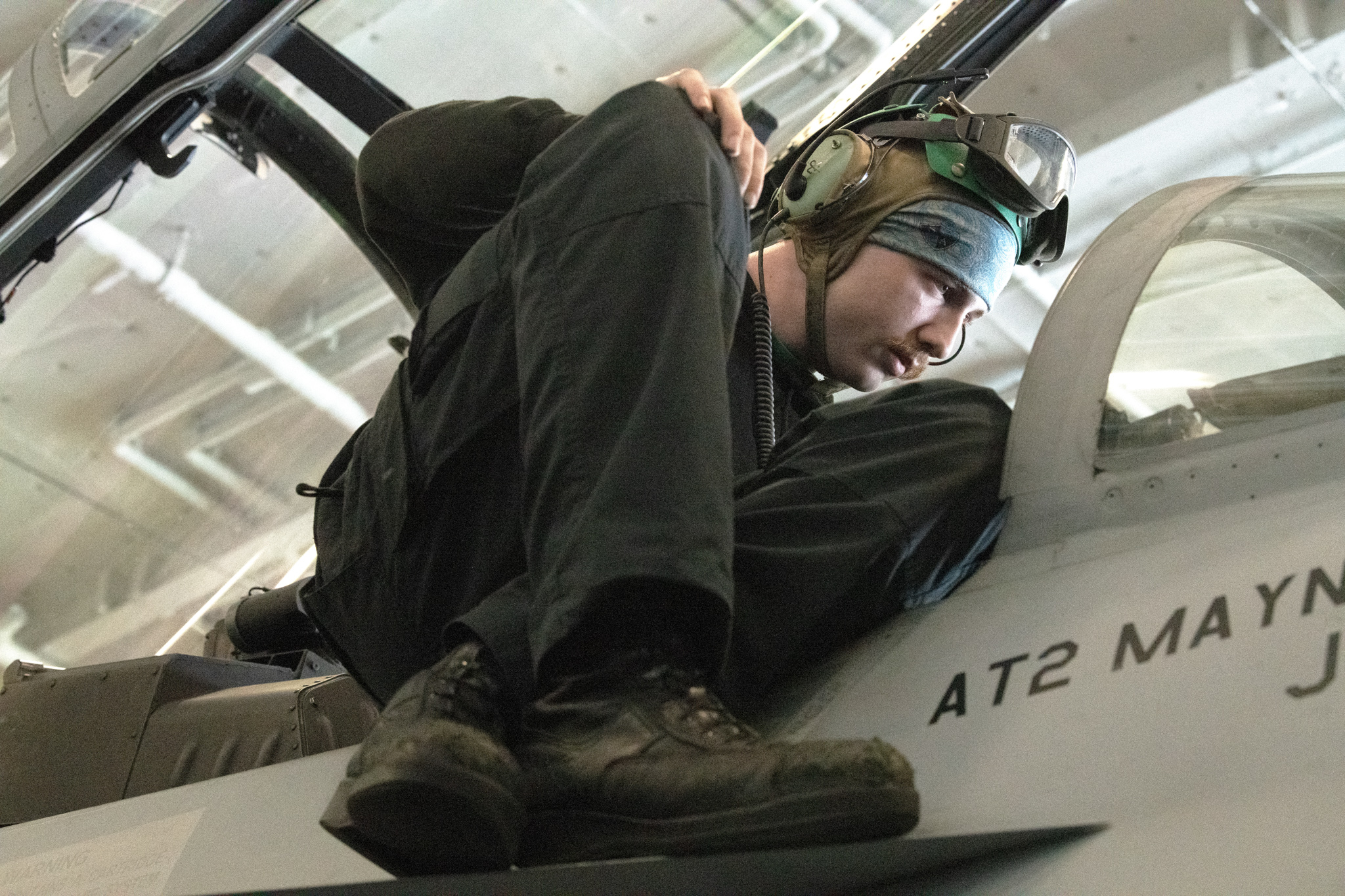
Hourigan would not say where the aircraft from Truman are operating, saying just that they were flying inside NATO airspace. Before the Russian invasion, aircraft from Truman flew from the Mediterranean as far north as the Baltics.
Alliance leaders have been clear about protecting NATO airspace from Russian incursion as the war continues.
“We are very closely monitoring airspace and the border areas around NATO,” NATO Secretary General Jens Stoltenberg said this week. “Our military commanders also have lines to the Russian commanders to help prevent incidents and accidents, and to help prevent them from spiraling out of control if they happen.”
This week, reports emerged of Russian drones crashing in Romania and Croatia. A Russian drone was also spotted over Poland and downed by Ukrainian forces, according to The Wall Street Journal.
Back in the Mediterranean, the ships in the Ionian Sea have been working in concert, Hourigan said. On Thursday, aircraft from Truman, Italian AV-8B Harrier IIs flying from Cavour and French aircraft from Charles de Gaulle participated in an air defense exercise. During enhanced air policing, aircrafts rely on NATO tankers for fueling, which are closer to the airspace that is being held, he said.
“So we have a process called the ATO, which is the Air Tasking Order,” he said. “And that comes out every day, and tells you down to where to meet, how to talk to them, how much gas to expect. And then we do this often enough that the interoperability is already there.”
It’s a chance to exercise with another country’s aircraft, speaking specifically about an exercise with Romanian aircraft last month, Hourigan said.
“Every airplane is unique and different,” he said. “Some go faster, some turn tighter, and getting to work with other countries allows you to just experience that and what it’s like to either work with or [simulate a] fight against an aircraft with different performance characteristics.”
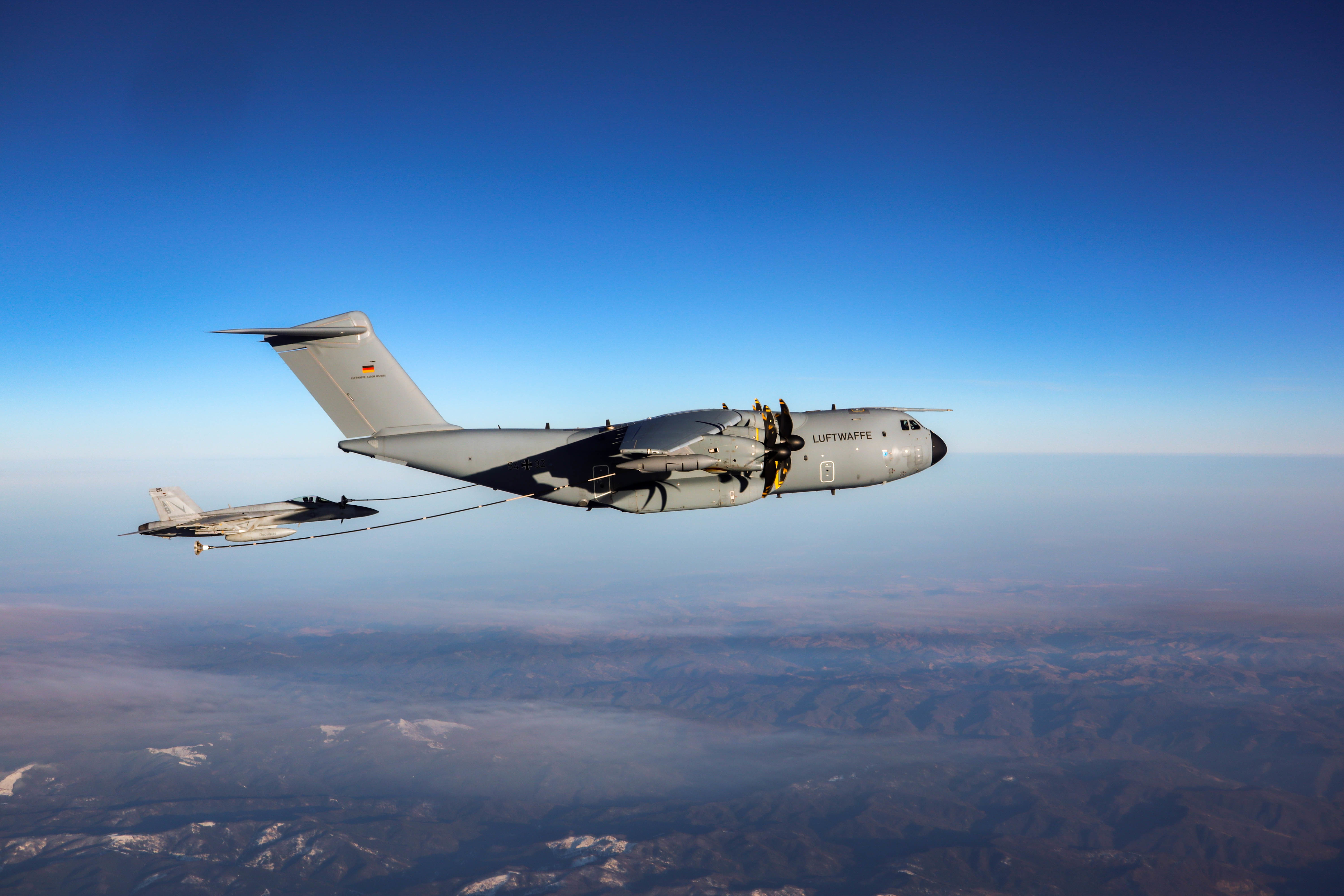
The enhanced policing is done in partnership, Hourigan said. Each country has a location to patrol.
“And occasionally there’ll be aircraft from more than one country on station at the same time,” he said. “Other times we take turns. So when our aircraft come back, they may be replaced by Air Force assets, they may be replaced by Romanian assets, like the German aircraft, it varies day by day, based on the air tasking order.”
NATO countries help each other with fueling, said public affairs officer Lt. Cmdr. Shawn Eklund. That refueling is how the planes can stay in the air longer.
But the NATO allies also work together on the water’s surface, Eklund said. Royal Norwegian Navy frigate HNoMS Fridtjof Nansen (F310) deployed with Truman in December and Truman has operated with French and Italian ships since December.
In late January, the carrier was the lead ship for Neptune Strike, an exercise that placed the carrier under NATO control. Under the scenario, F/A-18E/F Super Hornets from Truman operated as far north as Lithuania in the Baltics, Hourigan said.
The policing missions aren’t just for fighters. E-2D Advanced Hawkeyes are being flown by the “Seahawks” of Airborne Command & Control Squadron 126 (VAW 126), said the squadron’s commanding officer Cmdr. Chuck Cline.
The E-2D has two roles in the patrol mission, Cline said. It is an airborne sensor and a decision-maker.
“They take my airplane up, and then they go out there with the commander’s intent,” Cline said. “And they go and make decisions based off what they see on the radar and what they know is going on.”
They’ll go between 15,000-30,000 feet in the air and run the radar, calling back to the ship to make decisions.
“We provide 360-degree coverage around the strike group…We get to see what’s around us. So we get the big picture,” Cline said. And from there, we make decisions, we execute. We tell people where to go, what to do, things like that.[…] We’re basically the quarterback of the sky for lack of a better term.”
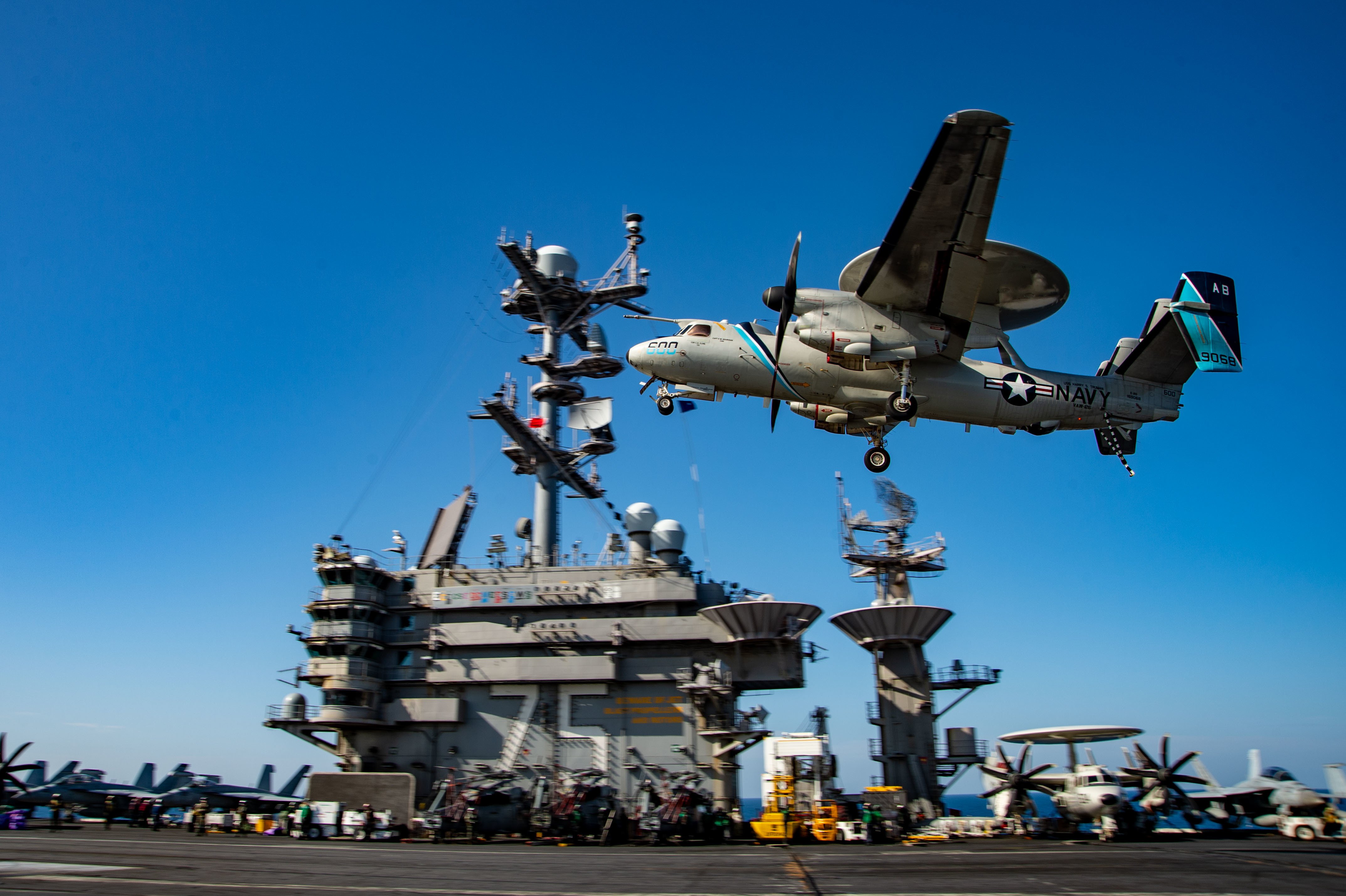
What makes the “Seahawks” special is that they are able to do aerial refueling, the first E-2D squadron to do so, Cline said.
That refueling means the planes can go for much longer, up to 10 hours instead of five.
Lt. Richard Wood, with VAW-126, did a five-hour flight Thursday, something that is possible because of the ability to refuel in the air, he told USNI News.
“Around the boat, it makes us incredibly flexible,” Wood said. “We’re not limited to some boat cyclic operations.”
A cycle is typically one hour to one and a half hours, he explained, with the squadron traditionally doing a triple cycle. Instead, pilots can do much longer flights at the request of the air commander.
“On this specific deployment, it’s been a huge asset to us to be able to execute the enhanced air-policing mission, going from where we’ve been operating here in the Mediterranean, all the way into Eastern Europe,” he said. “Those flights require a significant amount of aerial refueling.”
Getting gas in the air is easier to do when it just means going to another embarked squadron on the ship and talking about fueling needs, Wood said.
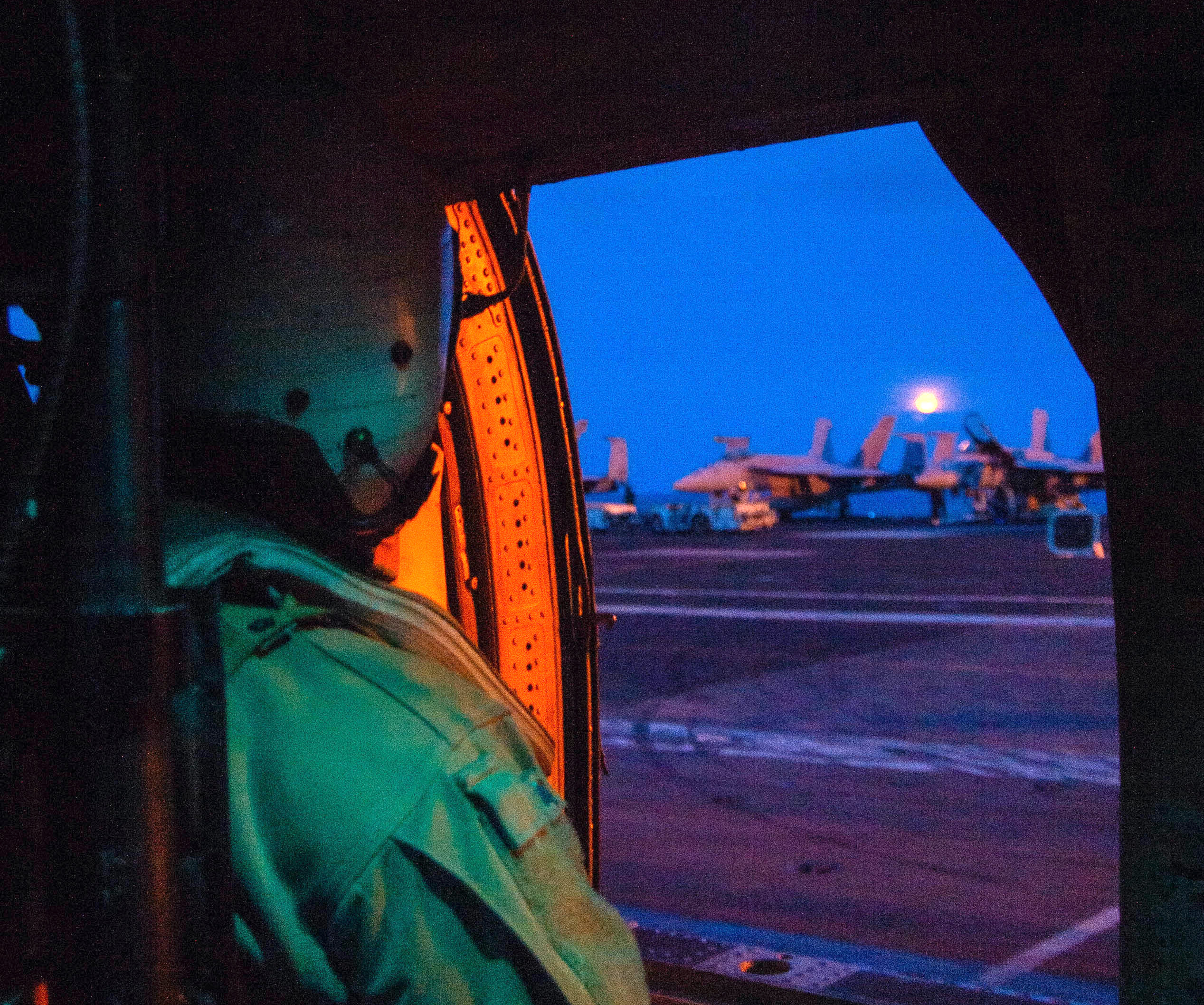
“It’s been really nice right here on the boat, we can walk right next door and say, ‘Hey, we’d love to go get some gas today’ or ‘We’re on the airplane, we’re scheduled to come get gas for you guys.’ It makes the coordination super easy to get organic gas,” Wood said.
Tanking up is harder when aircraft have to rely on tankers outside the air wing requiring coordination between the U.S. Air Force and other NATO refuelers, he said.
At the moment there’s a reliable refueling network over Europe, so it’s not fuel that limits flights, but rather pilot fatigue. It is like being able to go to a floating gas station, Wood said – one that comes with the reassurance that a flight can go for five hours and still come back with gas.
“So it’s a different mentality for the pilots to not be as always concerned about where your gas is and to have the ability to go get a little extra, stay up when CAG [Hourigan] needs us to and then execute these longer missions,” he said. “It’s an awesome capability.”





